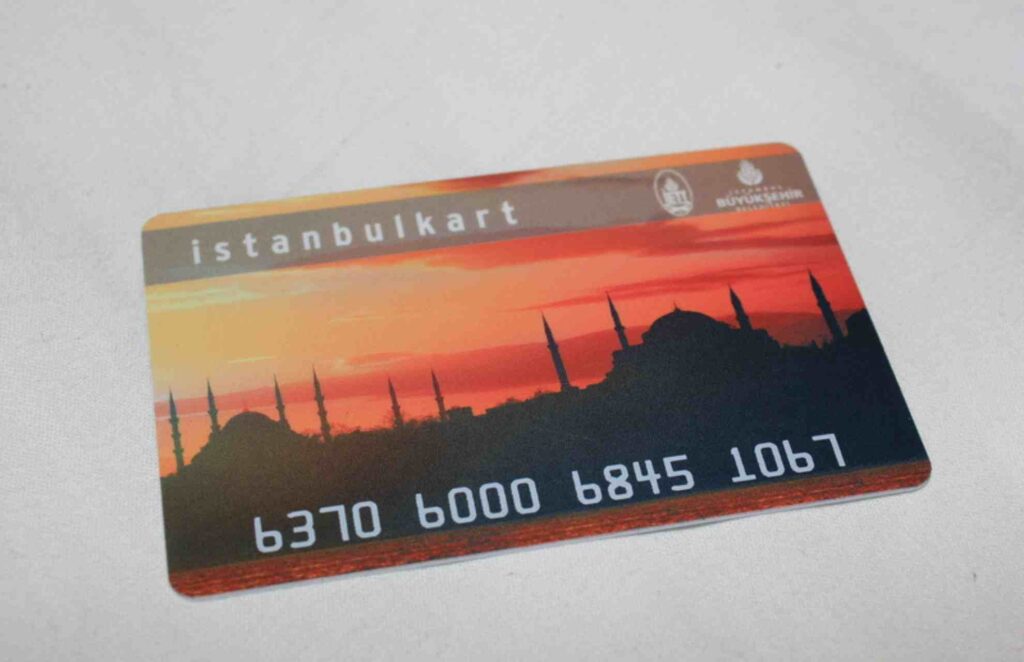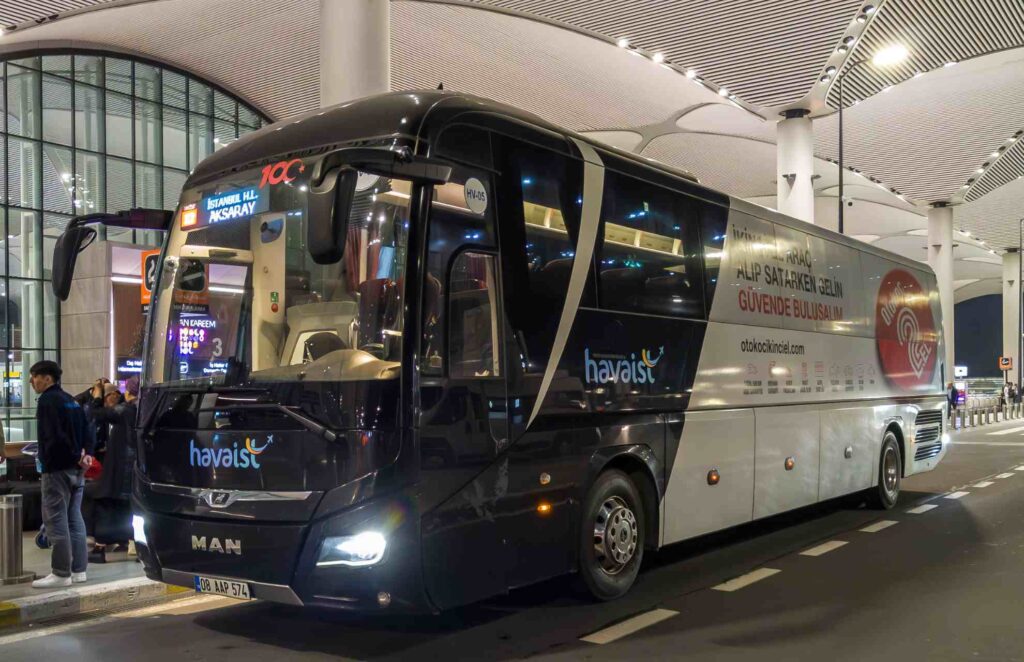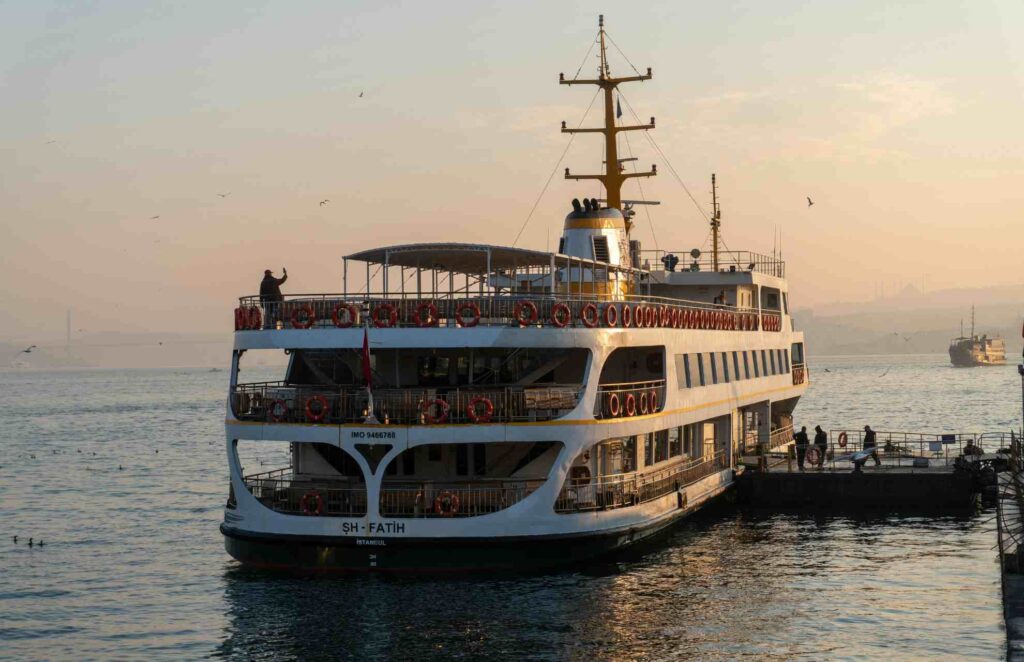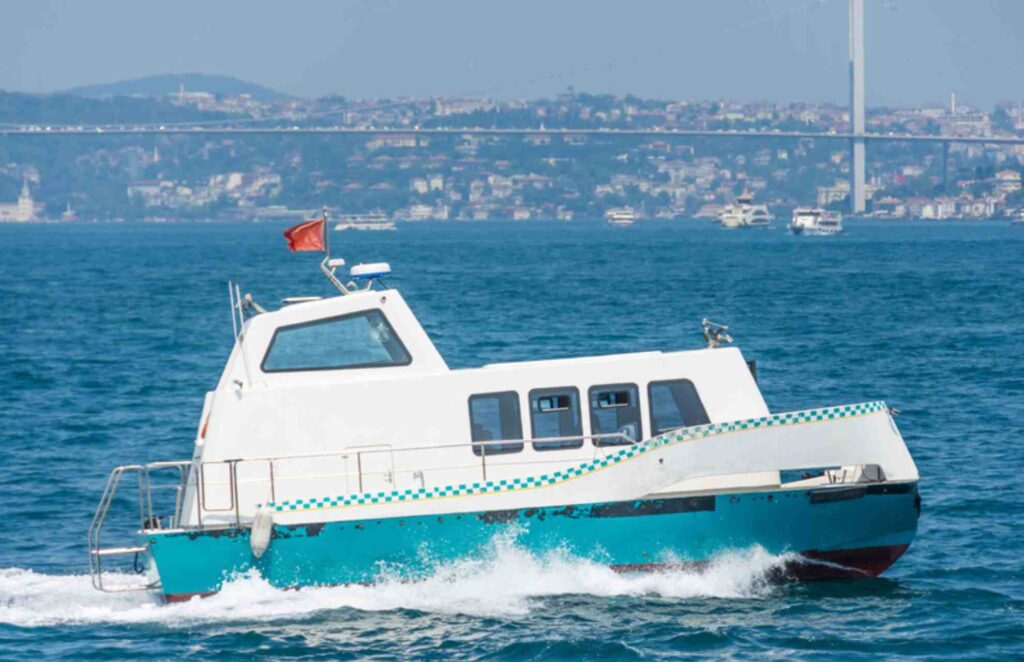How to get around Istanbul: A 2025 public transport guide
Learn how to get around Istanbul with ease using metro, tram, ferry, and taxis. Discover the apps and eSIM tips every traveler needs.
Straddling two continents with over 15 million people calling it home, Istanbul might seem overwhelming to navigate at first. But this vibrant metropolis boasts an impressively efficient public transport system that’s both affordable and tourist-friendly.
With this 2025 guide, you’ll discover how to get around Istanbul like a local, avoiding tourist traps and unnecessary expenses. From mastering the essential Istanbulkart to finding the best routes and apps, everything you need is right here.
Welcome to Istanbul: Start with Istanbulkart
Yes, Istanbul is busy, but you don’t need a car to get around. In fact, you shouldn’t rent one — more on that later. Istanbul public transport is reliable, safe, and far more efficient than trying to drive yourself through the city’s famously chaotic traffic.
You’ll need mobile internet, an Istanbulkart (your essential Istanbul travel card), a few key apps, and you’ll be set to explore like a local.
- What is Istanbulkart: A contactless smart card used across all public transport systems in Istanbul—including metro, tram, ferry, bus, and funicular. It offers significant savings and convenience over single-use tickets.
- Where to get one: Vending machines and small kiosks at the airport, metro stations, bus terminals, and ferry docks.
- How to use it: Tap the card at the scanner when entering any station or vehicle. Reload it through vending machines or the Istanbulkart app.
The card costs about 130 TL ($3.90 USD), and you’ll need to load at least 5 TL ($0.15 USD) to begin using it. For tourists visiting major attractions, consider the Istanbul City Card, which offers unlimited transport and free entry to several top sites for around 2,440 TL ($73 USD).

Whether you’re heading to the Blue Mosque, the Grand Bazaar, or the ferry docks along the Golden Horn, your Istanbulkart makes moving around fast and easy. It’s the key to navigating public transportation across the largest city in Turkey.
From the airport to the city
Istanbul has two major airports—IST Airport on the European side and SAW on the Asian side—and several ways to reach the city from either. Here’s how to make your arrival smooth.
Havaist: The easy express bus
These premium buses offer WiFi, USB charging, and plenty of luggage space. Fares range from 120–180 TL ($3.60–$5.35 USD), and you can pay by card, app, or Istanbulkart. The routes connect you with major hubs around Istanbul, including both the European and Asian sides.

M11 metro line: The budget option
The Istanbul metro now connects directly to IST Airport via the M11 line. It’s the cheapest option and ideal if you’re traveling light. Use it to connect to other metro lines and get closer to your destination without sitting in traffic.
Taxis: Convenient but proceed with caution
Taxis from the airport cost 600–1,100 TL ($17–$33 USD), depending on distance and traffic conditions. Always agree on a price before getting in or make sure the meter is running (it should start at 30 TL). Some taxi drivers may try to negotiate higher fares with tourists, so using Uber or BiTaksi is a safer alternative.
Many hotels offer free or low-cost airport transfers. Check in advance to avoid the extra cost and potential confusion upon arrival.

Uber in Istanbul doesn’t use private drivers like in many other countries. Instead, it connects you with officially licensed taxis. You’ll ride in a regular cab but book, track, and often pay through the app. Some drivers may still try to negotiate, so it’s best to show the estimated fare in the app before you enter the taxi and confirm the price.
Getting around Istanbul: Public transportation options
Once you’re in the city, the public transportation network can take you just about anywhere. Here’s how to navigate the system efficiently.
Istanbul metro
The Metro Istanbul system features 11 metro lines, with new ones being added each year. It’s the quickest way to cross the entire city, especially during rush hour when traffic jams are common.
- M1: Historic Sultanahmet and Grand Bazaar area
- M2: Links central areas and crosses the Bosphorus
- M11: Direct line to IST Airport
Trains run from 5:50 AM to midnight, with some lines offering extended service on weekends. Use Google Maps or the Metro Istanbul app for route planning.
Istanbul tram
The Istanbul tram system is not just functional—it’s scenic. Tram rides along the T1 tram line take you through touristy areas like Hagia Sophia, the Blue Mosque, and Galata Tower. Trams are modern and air-conditioned, making them an excellent alternative to the bus.
- Fare: 20 TL ($0.60 USD) with Istanbulkart
- Hours: 6:30 AM to 1:00 AM
Travel trip for Istanbul: Don’t miss the chance to enjoy Istanbul from a tram window—it’s a uniquely local experience and ideal for sightseeing around Istanbul.
Bus
The bus network covers areas not reached by rail. With over 500 routes, it’s a good backup option, especially for suburban areas. That said, buses can be slow during rush hour due to traffic jams.
- Fare: 20 TL ($0.60 USD)
- Best for: Local neighborhoods, non-touristy routes
- Tools: IETT and Google Maps for real-time updates
Buses offer a window into everyday life and can take you to lesser-known areas where trams or metros don’t go.
Ferry
Traveling across the Bosphorus? Skip the bridge and hop on a ferry. The city’s network of ferry lines connects both the European and Asian sides, offering breathtaking views of the Golden Horn, Topkapi Palace, and more.
- Fare: 30 TL ($0.90 USD) with Istanbulkart
- Operates: 6:25 AM to 10:30 PM
- Use: The Şehir Hatları app for schedules
If you’re headed to Kadıköy or Üsküdar on the Asian side, this is the most enjoyable and efficient way to go around Istanbul. Ferries are integrated into the public transport system and are a favorite among locals.

Funiculars and cable cars
Istanbul’s steep hills are no joke. That’s where funicular lines and cable cars come in. The funicular railway between Taksim and Kabataş (F1) links the metro to ferry terminals. The TF2 cable car to Pierre Loti Hill gives you a panoramic view of the city.
- Fare: 17.7–20 TL ($0.55–$0.60 USD)
- Best for: Avoiding hills, scenic views
- Use with: Istanbulkart
Funiculars are practical and fun, especially when you’re exploring the hilly sections around Beyoğlu.

Historic Tünel
Operating since 1875, this short ride between Karaköy and Beyoğlu is one of the oldest underground lines in the world. It’s part history, part convenience—and well worth the 10 TL ($0.30 USD) fare.
Other ways to get around (and what to avoid)
In addition to public transit, you’ll find other ways to move around the city. Some are worth trying—others, not so much.
Taxis
Istanbul taxis are easy to find, especially near popular areas like the Grand Bazaar or ferry terminals. But remember: always confirm the fare. Taking taxis during rush hour can be slow and costly, especially if the driver avoids using the meter.
- Base fare: 30 TL ($0.90 USD)
- Per kilometer: 20 TL ($0.60 USD)
- Fares can increase by 50% between midnight and 6 AM.
Not all taxi drivers speak English, so having your destination written in Turkish or shown in Google Maps can help avoid confusion. Expect to pay more money if you’re unfamiliar with standard pricing or don’t agree on a price in advance.
Dolmuş (Shared taxi)
These shared minibuses are an affordable and authentic part of transportation in Istanbul. They follow fixed routes but let you hop on and off along the way.
- Fare: Around 15 TL ($0.45 USD)
- Payment: In cash, directly to the driver
- Use if: You’re heading to a local spot not covered by metro or tram
Dolmuş vehicles can be a great way to travel short distances among locals and experience daily life.
Water taxis
Want to skip the crowds and enjoy a more exclusive trip across the Bosphorus? Water taxis are available, but expect to pay more money. They can be booked via the IBB Deniz Taksi app and are priced by distance.
- Use for: Private or late-night routes
- Pricing: Based on kilometers and whether you’re sharing
Water taxis are a flexible alternative when other public transportation is limited.

Don’t rent a car
Car rental in Istanbul might seem tempting if you’re planning day trips, but it’s best avoided. The city’s traffic jams, confusing street layouts, and lack of parking make driving a headache. Local drivers rely on instinct and unspoken rules that can leave tourists overwhelmed.
Stick with public transportation to explore around Istanbul. You’ll avoid stress and save more money.
Digital travel essentials
Every traveler needs two things to make the most of Istanbul’s public transportation system: a few essential apps and a stable internet connection that allows them to avoid roaming in Turkey.
Must-have transportation apps
These apps will help you travel with confidence, whether you’re planning a ferry trip across the Bosphorus or trying to avoid rush hour delays:
- IETT: Live bus data
- Metro Istanbul: Detailed metro routes
- Trafi: Planning routes using all transportation options
- Şehir Hatları: Ferry line schedules
- Istanbulkart app: Check balance and reload card
- BiTaksi or Uber: Safer taxi experiences
But to use these tools reliably, you’ll need to stay connected while on the move. Even local Turkey SIM cards can be tricky for foreigners to activate and manage.
Stay connected with an eSIM
The most convenient option is to get a Holafly Turkey eSIM before your trip. It activates instantly, so you’re connected as soon as you land — no kiosks, paperwork, or SIM-swapping required. A strong mobile connection is essential for using transit apps, navigating routes, checking ferry or metro times, and translating.





 Language
Language 


















 No results found
No results found













